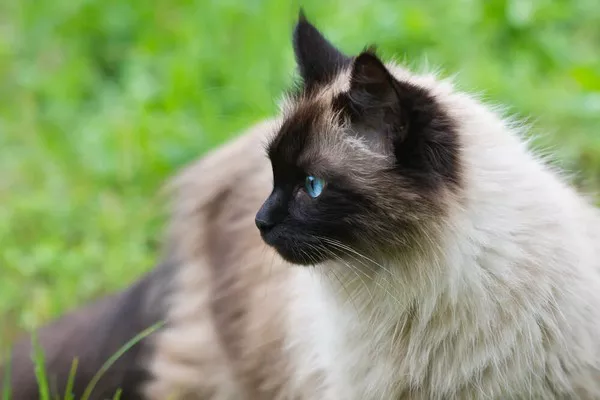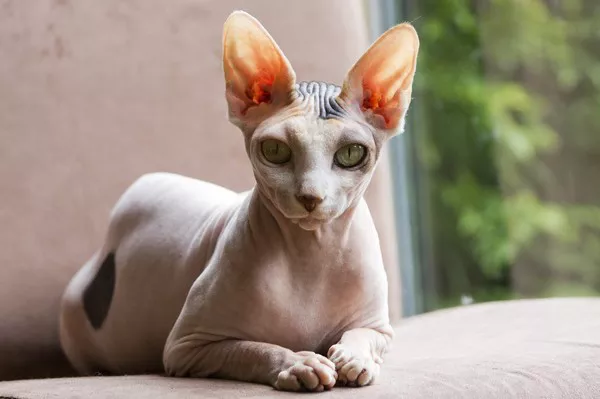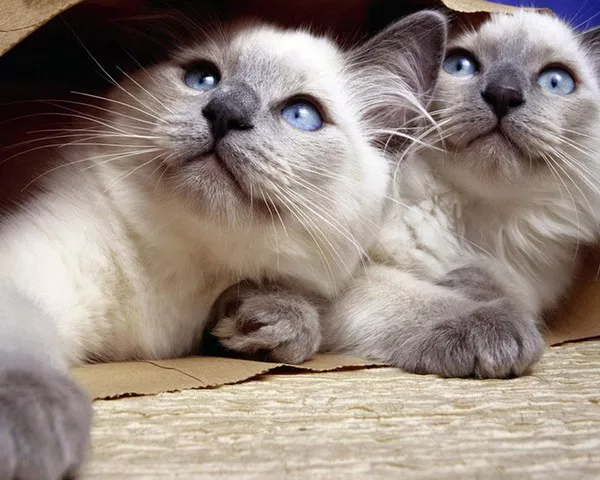Himalayan cats, beloved for their striking blue eyes and long, luxurious coats, are a captivating breed known for their sweet personalities and elegant appearance. However, like all breeds, Himalayan cats are prone to certain health issues. In this comprehensive guide, we delve into the health problems commonly seen in Himalayan cats, discuss preventive measures, and offer guidance on how to keep your feline friend in optimal health.
The Himalayan Cat Breed
Before we explore the health concerns, it’s essential to understand the Himalayan cat breed. These cats are a cross between Persian and Siamese cats, resulting in a distinctive blend of both breeds’ characteristics. Some key features of Himalayan cats include:
Luxurious Coat: Himalayans are known for their long, silky, and color-pointed coats. Their fur requires regular grooming to prevent matting.
Blue Eyes: These cats typically have stunning blue almond-shaped eyes that are a hallmark of the breed.
Sweet Disposition: Himalayans are known for their gentle and affectionate nature. They tend to form strong bonds with their human companions.
Vocal: While not as vocal as Siamese cats, Himalayans are not shy about expressing themselves through soft meows and chirps.
Common Health Problems in Himalayan Cats
While Himalayan cats are generally healthy, they are prone to specific health issues that potential owners should be aware of:
Respiratory Problems: Himalayans have flat faces and short noses, a trait known as brachycephalic. This facial structure can lead to respiratory issues, such as noisy breathing and snoring. In severe cases, it can result in a condition called brachycephalic airway syndrome, which may require surgical correction.
Dental Issues: Due to their brachycephalic features, Himalayan cats can have crowded teeth, leading to dental problems like gingivitis and tooth decay. Regular dental care, including brushing and professional cleanings, is essential.
Polycystic Kidney Disease (PKD): PKD is a genetic condition that causes the formation of fluid-filled cysts in the kidneys. It can lead to kidney failure over time. Responsible breeders screen for this condition, so it’s crucial to obtain your Himalayan cat from a reputable source.
Hip Dysplasia: Himalayans may be at risk for hip dysplasia, a genetic condition where the hip joint doesn’t develop properly. It can result in pain and mobility issues. Responsible breeding practices aim to reduce the occurrence of hip dysplasia.
Eye Issues: Himalayans’ prominent eyes are prone to certain conditions, including entropion (inward rolling of the eyelids) and progressive retinal atrophy (PRA). Regular eye exams by a veterinarian can help identify and address these issues.
Obesity: Himalayan cats can be prone to obesity, so it’s crucial to monitor their diet and provide regular exercise to maintain a healthy weight.
Heat Sensitivity: Due to their long fur, Himalayan cats can be sensitive to heat. They are more comfortable in cooler environments, so be cautious during hot weather.
Urinary Tract Issues: Like many cat breeds, Himalayans can be susceptible to urinary tract issues, including urinary tract infections and urinary crystals. Adequate hydration and a balanced diet can help reduce the risk.
Preventive Measures and Care
To help prevent health problems in your Himalayan cat and ensure their well-being, consider the following measures:
Regular Vet Visits: Schedule regular check-ups with your veterinarian to monitor your cat’s overall health. Early detection of potential issues can lead to more effective treatments.
Dental Care: Pay close attention to your cat’s dental health. Brush their teeth regularly and provide dental treats or toys to help reduce the risk of dental problems.
Proper Grooming: Due to their long coats, Himalayans require frequent grooming. Brushing their fur helps prevent matting and reduces the risk of skin issues. Bathing may also be necessary occasionally.
Balanced Diet: Feed your Himalayan cat a balanced diet that meets their specific nutritional needs. Consult with your veterinarian for dietary recommendations.
Hydration: Ensure your cat has access to clean, fresh water at all times to maintain proper hydration.
Weight Management: Monitor your cat’s weight and body condition. If your Himalayan is overweight, work with your veterinarian to establish a weight management plan.
Temperature Control: Keep your cat in a cool, comfortable environment, especially during hot weather, to prevent heat-related issues.
Genetic Screening: If you are obtaining a Himalayan cat from a breeder, inquire about genetic screening for conditions like PKD. Responsible breeders should conduct these tests to reduce the risk of hereditary diseases.
Conclusion
Himalayan cats are cherished for their beauty and gentle disposition. While they are prone to specific health problems, responsible ownership and preventive measures can help ensure a long and healthy life for your beloved feline friend. Regular vet visits, a well-balanced diet, proper grooming, and attention to their specific needs are essential to maintaining the well-being of your Himalayan cat. By providing excellent care and love, you can enjoy many years of companionship with your special Himalayan.

























